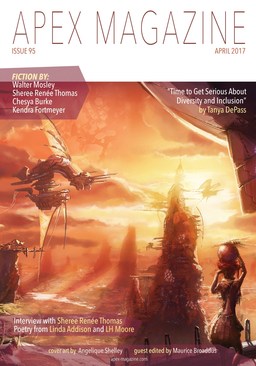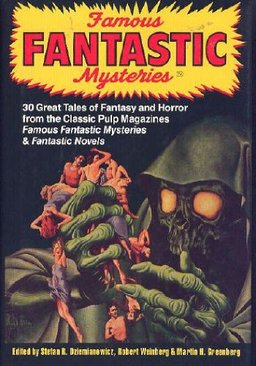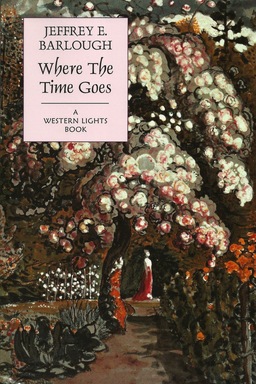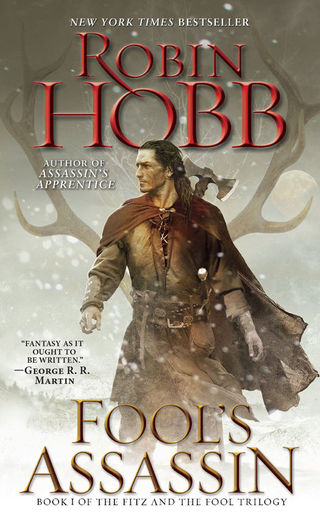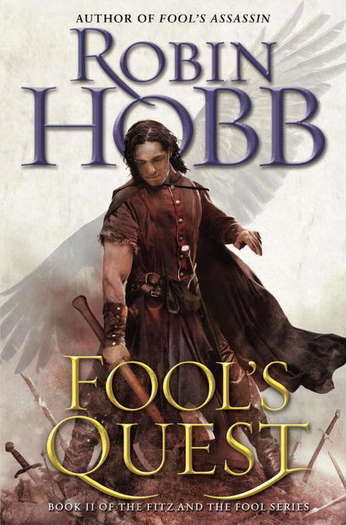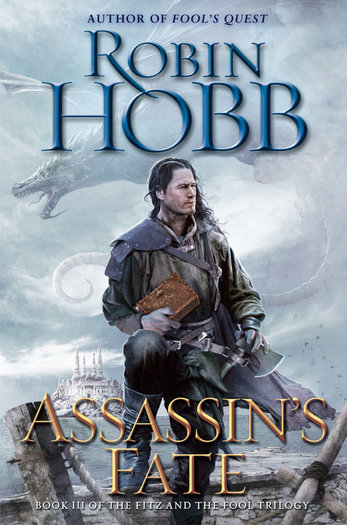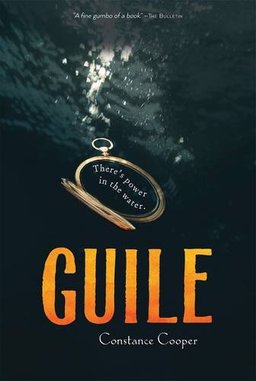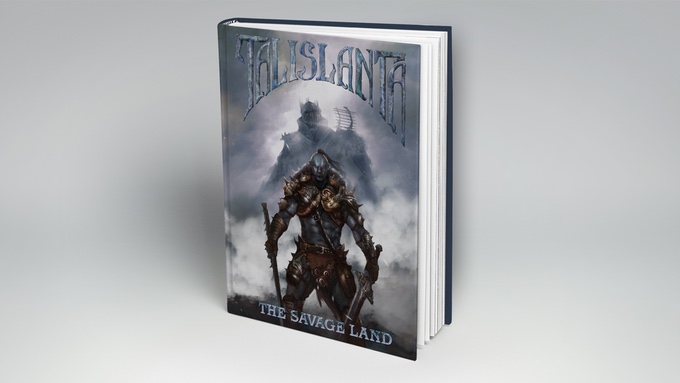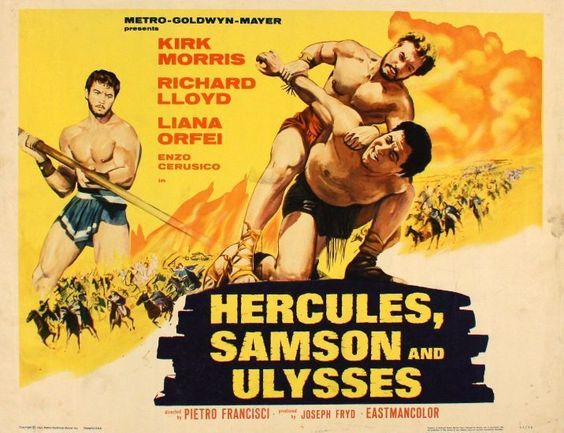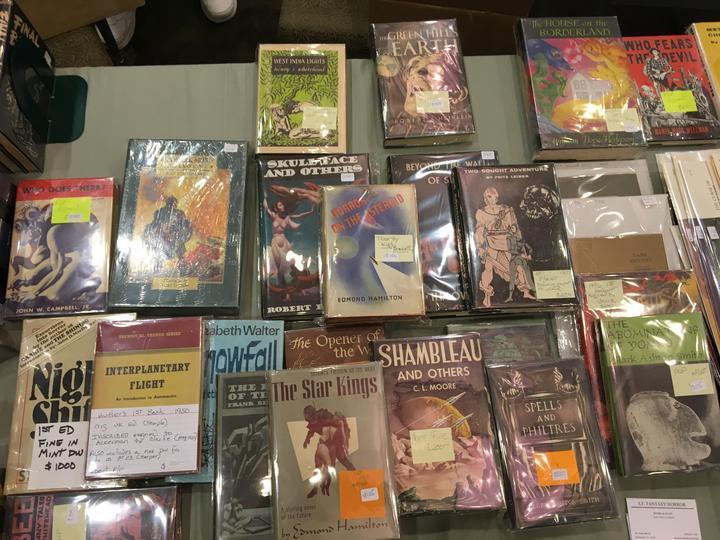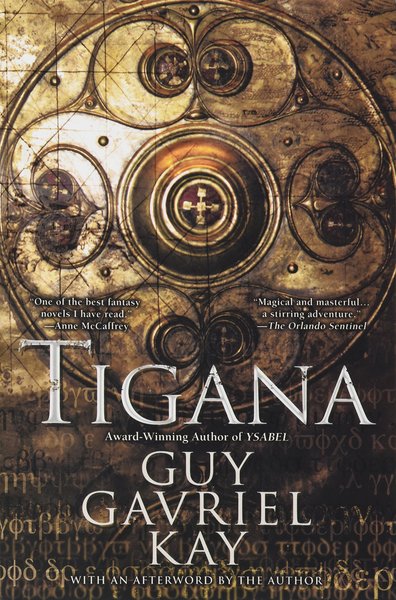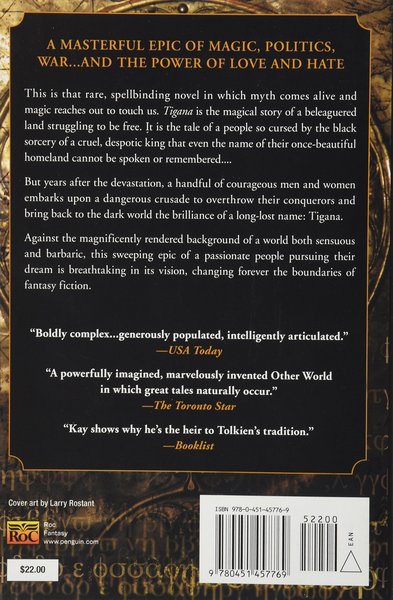Space Pirates, Ancient Ruins, and Supercarriers: A Look at Endless Space 2 Early Access
Aight. 14 hours in, 4 campaigns played/started, it’s the wee hours of the morning, going on afternoon. I think I’ll take a stab at writing a few words on the Early Access release of Endless Space 2.
First up, Bad Things! I Wish These Weren’t in the Game, But They Are
#1: Soft turn limits.
This is a bug. Every campaign that’s made it to turn 67-ish so far (Craver, Sophon, Voydani) suffers a fatal error. Suggested options include A) loading an autosave from a couple turns ago, and B) ignoring it. Autosaves did nothing. Same turn rolls around, yellow/red screen of death on my monitor. Ignoring it, amusingly enough, was more effective. I made it to turn 69 (thanks, game) before Terrible Things happened to my computer. I strongly suspect this bug exists due to issues in how the game covers faction deaths, because as the Cravers I had murdered the last Voydani Ark and was cleaning up stragglers.

